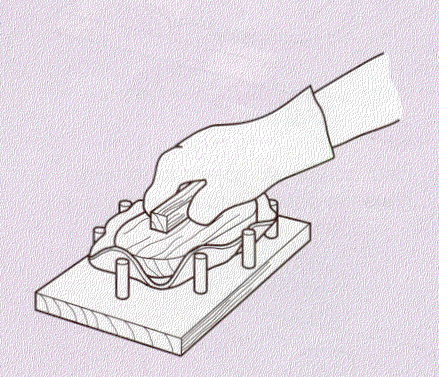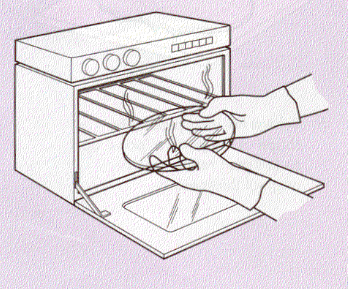|
2. Fill in the blanks with suitable words.
a. Metals can combine with other metals or elements to form.
(1)
b. Stainless steel is used for making cutlery and kitchen utensils because the material is (1)
c. The main reason for using phenolic to make electric fittings is because . (1)
d. GRP is very suitable for making outdoor structures such as bus-stop shelter and play ground equipment because
it is . (1)
e. Seasoning is the process of removing excess
from freshly-cut timber. (1)
f. When zinc is exposed to air, a layer of oxide is formed. This oxide protects the metal from. (1)
3. Suggest a suitable material for making each of the following products: (6 marks)
e.g. raffia
polypropylene
a. telephone casing
(1)
b. HDB letter boxes
(1)
c. musical instruments
(1)
d. plaques
(1)
e. twist drills
(1)
f. fishing weights
(1)
4. Answer the following questions in complete sentences.
a. Explain why templates are sometimes used in marking out. (2)
b. What tools are used to cut large holes in wood? (Name the cutting tools and the tool that is used to hold
the cutting tools). What is this process called? (4)
c. Name the tool that is used to cut straight and external curved edges of a sheet metal.(1)
d. Why do you use a mallet and not a hammer to bend sheet metal? (1)
e. Why is it not advisable to buff a small work piece on the buffing machine? (1)
f. Explain why it is sometimes necessary to heat up a metal workpiece before bending is carried out. (1)
Section B (20 marks)
You are advised to spend not more than 20 minutes on this part.
Attempt all questions.
Answer the following questions in complete sentences
5. Describe how you would make an acrylic fluted dish by filling in the blanks under the four
steps given below:
Step 1 : Marking out - Describe how you would mark out on the acrylic.Name the tools used. (2)
Step 2 : Cutting and Shaping - Describe how you would cut and shape the acrylic. Name the tools
used. (3)
Step 3 : Finishing - Describe how you would finish.Name the tools and equipment used. (3)
Step 4 : Thermoforming - Describe how you would thermoform and shape the acrylic.
 
6. The steps in joining two metal parts are shown below.
Fill in the blanks to describe how the two metal parts are joined together. (10)
|